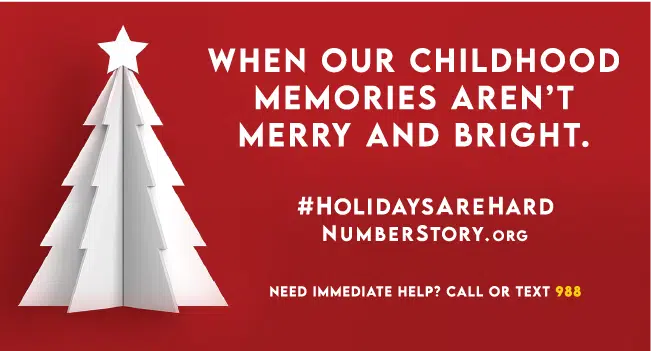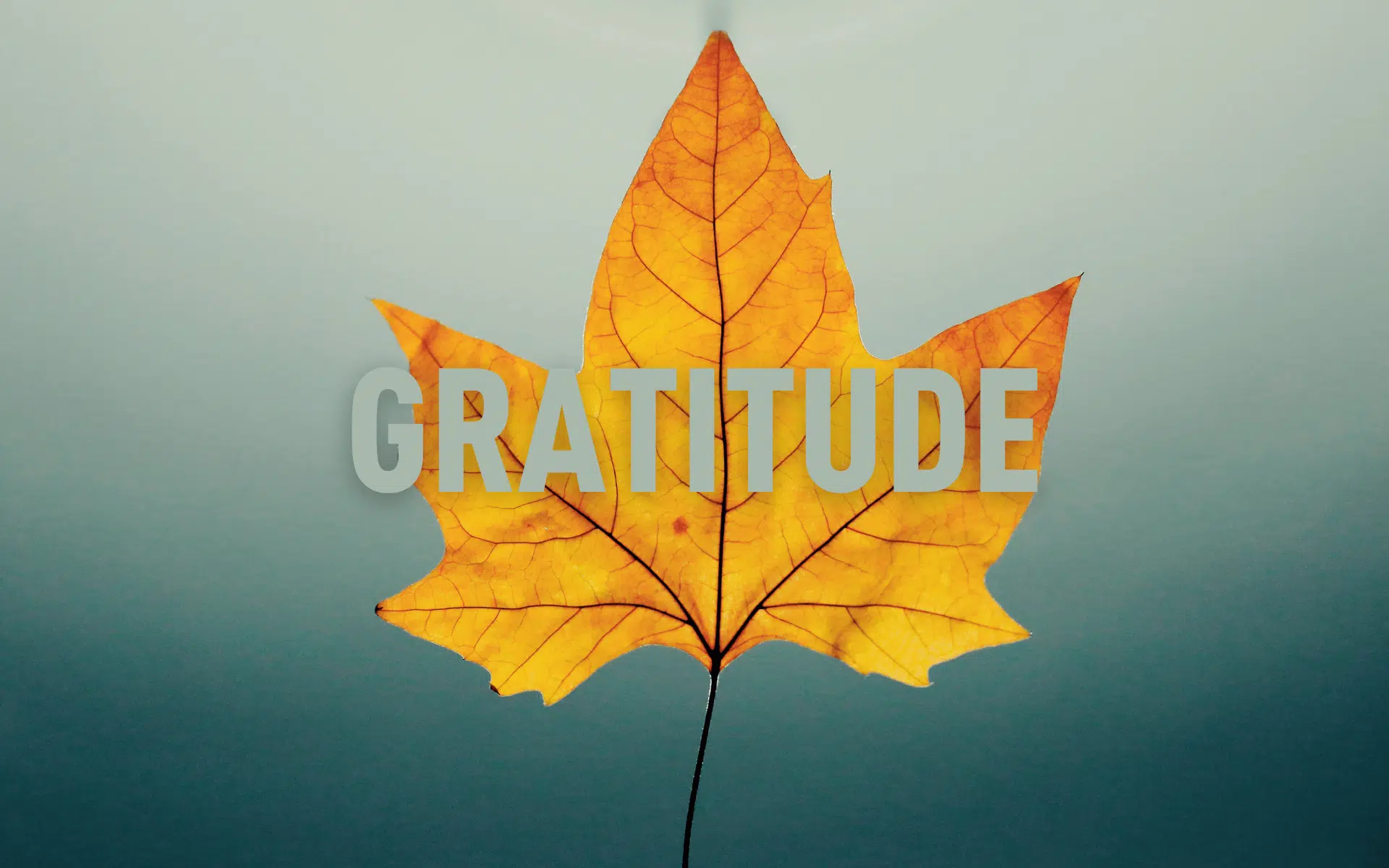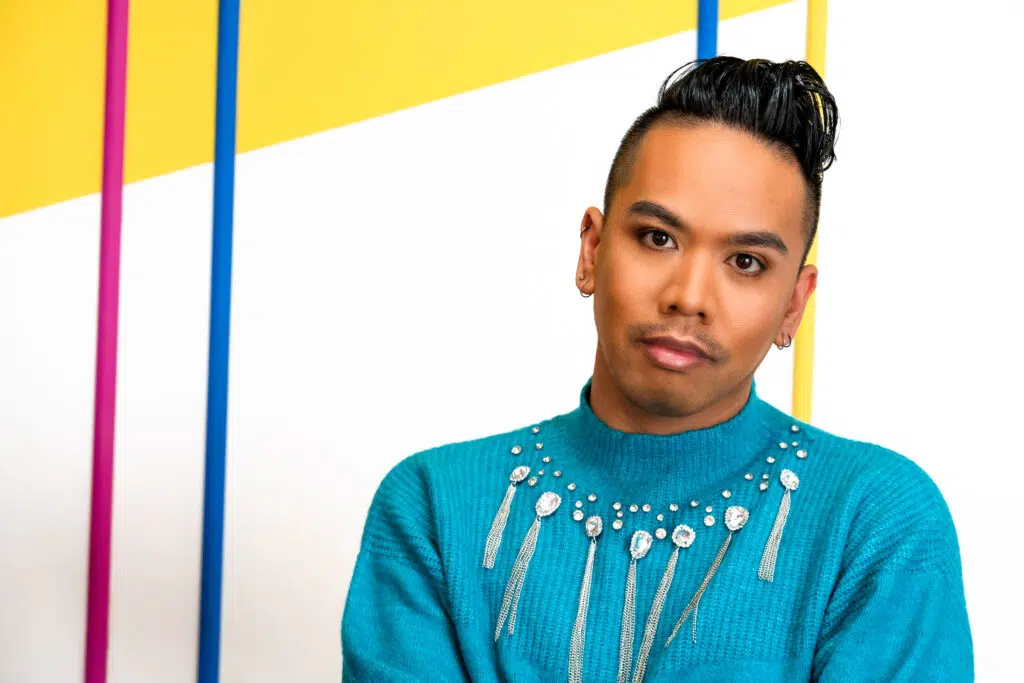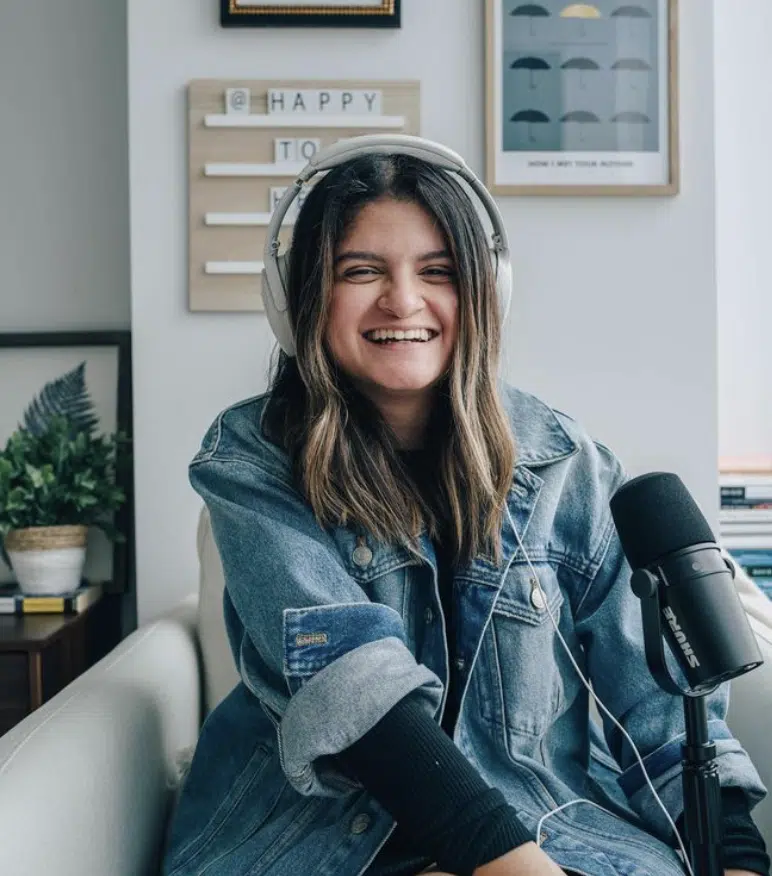
Las Vacaciones Son Duras; Es Hora De Cuidarse
It’s that time of year again, and I am sure you have noticed how fast the Holiday season is taking over stores. For some, this can trigger the body and create stress or dread….
EN LA MIRA
Las Fiestas Pueden Ser Dolorosas

The word “gratitude” can be tricky for some of us who have experienced childhood adversity or trauma. It might be tempting to think it means a fake smile to hide the pain or a glossy Insta grid full of enviable moments.
The truth is, gratitude goes much deeper and is a more active choice than you might think.
Brother David Steindl-Rast, a renowned interfaith scholar and founder of A Network for Grateful Living (who spent his teen years in Nazi-occupied Austria), says, “It’s not happiness that makes us grateful, it’s gratefulness that makes us happy.”
While that might initially seem counterintuitive, if you think about the people in your own life you may see the truth in it. You probably know someone who seems like they have everything, but is never happy. And you likely know someone who seems to always be facing challenges, yet manages to be joyful (in a real way) through it all.
There’s proof all around that gratitude has nothing to do with how much we have or how happy we are. Gratitude is the lens through which we choose to view life. (PS — this is something Oprah echoes in her talk with California Surgeon General Dr. Nadine Burke Harris).
Part of cultivating that lens of gratitude is looking for the beauty around us (watch Brother David’s inspiring video, “A Grateful Day” for an example of what this looks like). But it’s also important to become aware of what’s happening on the inside.
The internal practice of gratitude is about shifting the thoughts you feed in your mind from negative to positive. You don’t have to be grateful for what happened in the past (that would be impossible for many of us). Learning to be grateful for the now is what’s important.
Science supports a gratitude practice.
In several research studies, gratitude is strongly and consistently linked to greater happiness. Harvard’s Healthbeat sums up the findings in this way, “Gratitude helps people feel more positive emotions, relish good experiences, improve their health, deal with adversity, and build strong relationships.”
One study done at Indiana University split 300 adults who were experiencing emotional challenges into three groups. One group received straight psychotherapy. One was asked to write about their most stressful experiences as they went through therapy. And the third was directed to write letters of gratitude to people in their lives (without necessarily sending them) in addition to their therapy sessions.
In both short-term and long-term follow-up, the participants who had written letters of gratitude reported significantly better mental health than those in the negative expression and straight psychotherapy scenarios.
And the gratitude group actually showed different brain activity in MRI brain scans. The medial prefrontal cortex, the area of the brain associated with learning and reasoning, was more highly activated in the gratitude group.
Interestingly, this area of the brain can be underdeveloped in adults that have experienced the effects of toxic stress due to ACEs. Which means cultivating a gratitude practice can be a powerful healing tool for us.
It may feel contrived at first, but gratitude is actually something that grows over time; it doesn’t come with the flip of a switch (or just because you read this post ;-)). The more you practice gratitude, the easier it will come to you … and the greater an impact it will have on your life and those around you.
There are all sorts of ways to capture thoughts of gratitude. But it starts with building the habit of noticing. Brother David recommends three steps:
And here are five helpful prompts for cultivating gratitude:
The bottom line? Gratitude is a very good thing. And now is the perfect time to start your practice.

It’s that time of year again, and I am sure you have noticed how fast the Holiday season is taking over stores. For some, this can trigger the body and create stress or dread….

[Content warning: Suicide.]
In recent years, during the month of Pride, I’ve always been extremely excited about the celebration—the glittery and colorful extravagance all throughout the month of June.
However, this year, I’ve taken a pause to really understand my journey, the one I’ve taken individually and the one the queer community is on at the moment. I feel blessed to live in West Hollywood in Los Angeles, one of America’s queer-friendly meccas, though the sparkle in my heart has dimmed as I feel increasingly more concerned for my community across the country where our safety, protections and rights are all at risk. Unfortunately, none of us are safe.

I’ve lived with bipolar disorder for the last 13 years. Though the initial years were brutal, once I understood my triggers and what it takes to stay well, I’ve been privileged to have stayed healthy for much of the last decade. This included — to my relief — my first pregnancy and post-partum period and serving in high-intensity public health roles through the pandemic, as California’s Acting Surgeon General and previously the office’s first Chief Health Officer.

I love music. Recently, I was listening to a random playlist Spotify generated for me when a song titled “Before I Have A Daughter” by Bre Kennedy started playing. Bre Kennedy sings about building a garden that grows on the same ground where tears have fallen and hearts have also been broken. Her goal is to learn to tend to this garden so that it flourishes on both the good and bad days.

¡Ayúdanos con tus opiniones sobre esta encuesta de 3 preguntas!